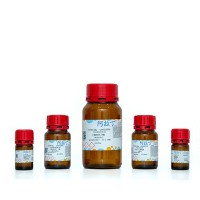Choice, Methodology, and Characterization of Focal Ischemic Stroke Models: The Search for Clinical Relevance
互联网
514
To develop novel neuroprotective or neurorestorative agents for clinical application, the appropriate selection and characterization of preclinical focal stroke models is required to provide confidence in predicting therapeutic efficacy. Compelling evidence for novel therapies derived from the pathological and functional consequences of models of cerebral ischemia in the rat (and higher species) is an essential prerequisite before large expensive clinical trials are begun. This chapter provides an overview of focal ischemic models, with an emphasis on objective functional assessment of pathological mechanisms and efficacy of novel therapeutic strategies. The ability to predict functional consequences from structural abnormalities is a critical theme that can be extrapolated from the preclinical to the clinical setting, in that certain brain regions are inextricably linked to specific behavioral functions. This underlying approach is highly relevant, as monitoring the dynamic pathological and functional changes attributed to focal stroke will reveal new insights into novel mechanisms and targets that play a role in the evolution of cell death and impaired function. The utility of novel genomic technologies that are aligned with methods to determine structure-function relationships in preclinical models will facilitate a greater understanding of the pathophysiological process and potentially generate new targets that may ultimately be used to predict or offer clinical benefit.









